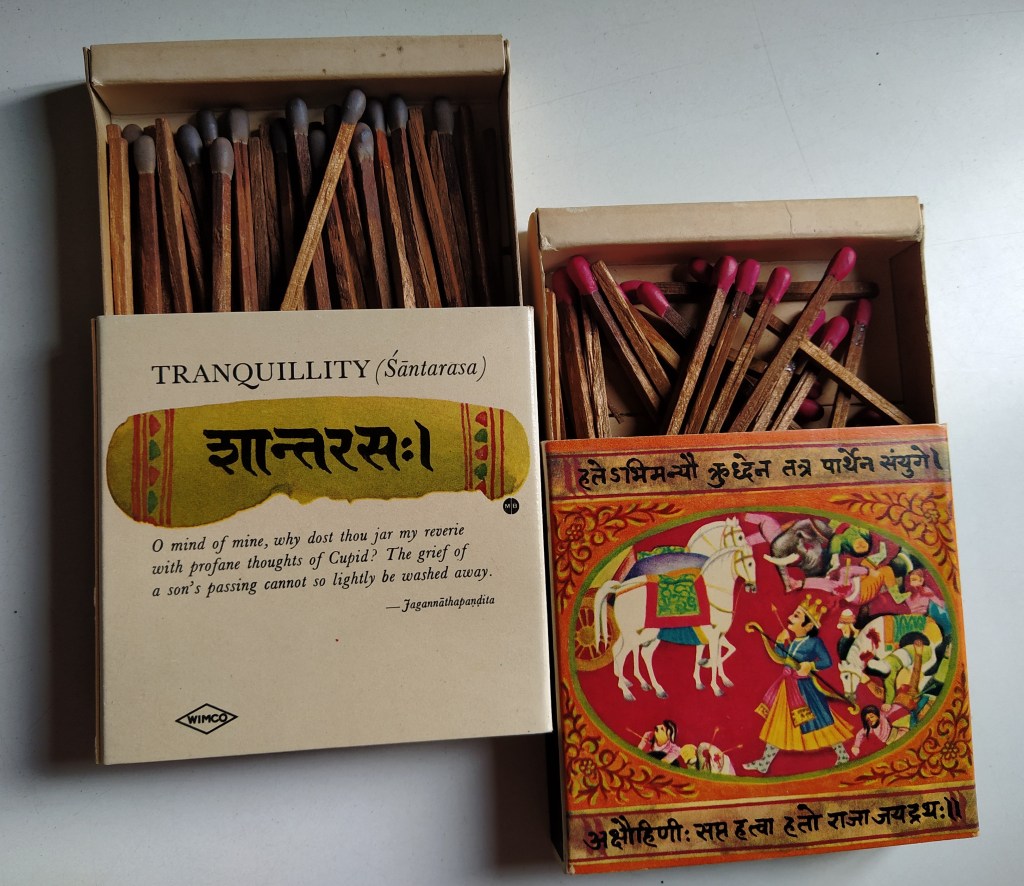Some months ago, I wrote a piece called High-tech Barriers to Heritage, describing how we had to have smartphones to buy tickets to get into a monument.
But my trip last week to Mysuru as a tourist reminded me that there were low-tech barriers aplenty too in our country.
To begin with, both in the Mysuru Palace (about half of which is closed to visitors due to renovation), and in the Jaganmohan Palace Art Gallery, it is necessary for visitors to take off footwear. The reason is that in the Palace, there are sacred shaligrams which are worshipped. But the shaligrams are behind thick silver doors, and anyway not in the view of, or within shoe-shod feet of visitors. In the Jaganmohan Palace, the reason is that there is a large Ganesha idol as part of the exhibits. It would not be too difficult to move the beautiful idol to a secluded room so that visitors interested in seeing it could take off their shoes just outside that room. Both of these are largish museums and are spread over various floors. Tourists are on the road all day. It is neither comfortable, nor hygienic to go around with dirty feet. If footwear must not enter, then can cloth covers for feet be provided, which can be collected back at the exit, washed, sanitized and re-used? Or any other solution? Raghu who hates walking barefoot, and is also seriously diabetic and hence paranoid about getting his feet hurt, sat out both the visits while the rest of us went in. Sad, because he would have enjoyed seeing the exhibits, including the large collection of Ravi Varmas at the Jaganmohan Palace.
The visit to Brindavan Gardens was traumatic in a different way. We went in fairly late and were eager to catch a glimpse of the gardens before dark. We saw an electric buggy just as we entered, but the decrepit vehicle had just gathered its full load and took off for its round. We looked around for an Information Desk to check when the next buggy trip was scheduled. But there wasn’t a desk or kiosk. Nor even a schedule of buggy departures. We asked around in the shops which cluster and mess up the entrance, but no two answers coincided. We decided to have a coffee and wait for the next ride. We ordered the coffees, but didn’t get them because the electricity went off in between. We looked for loos, but as there was no Information Desk or signage, it took us quite some wandering around before we found them. At the end of 45 minutes, there was no sign of a buggy, it was quite dark, and we decided to leave.
The next day was a Tuesday. We wanted to visit the Rail Museum. But when we reached there, it was closed. So we decided to visit the Zoo, which is counted among the best in the country. But Tuesday was off for this site too!
Not that the Mysuru trip was a total disaster. The city itself is beautiful, green and stately, and driving around was a pleasure. We (some of us) did see the Palace and the Museum. We savoured the crispest dosas, the fluffiest idlies, the most flavourful of sambhars, the tangiest of chutneys—all in clean, modest, reasonably priced places.

And the highlight of the trip: the illuminations at the Palace in the evening. Lit up by 99,000 bulbs, it was a scene out of a fairytale or a dream. Apparently the Palace is lit up on Sundays and public holidays. We might have missed if we had not been told about by our Palace tour guide, for there were no signboards informing us that this was one of the evenings when the lighting was on.
It is not news that India is home to rich treasures. Indians now have the means, the time and desire to travel and see them. Can we not make life just a little easier for our tourists? Can we not treat them with respect and dignity? Can we not make the travel experience easy, pleasant, memorable, and an opportunity for learning?
To begin with, can we take a few simple steps?
- Have information desks not only at the sites, but also prominent places in tourist cities, with helpful people who really want tourists to see and enjoy the sights?
- Have basic informational and directional signs, as well as imaginatively conceived informational signage?
- Not force people to trail through miles of corridor barefoot, inviting germs. If we are particular about keeping out shoes, can we come out with dignified alternatives?
- Have some system of universally-accepted holidays for public places? After my experience, I did a bit of Google research and this is what I found:
| FACILITY | OFF-DAY |
| Delhi Zoo | Friday |
| Hyderabad Zoo | Monday |
| Mysuru Zoo | Tuesday |
| Chennai Zoo | Tuesday |
| National Museum, Delhi | Monday |
| Dr. Bhau Daji Lad Museum, Mumbai | Wednesday |
| Kelkar Museum, Pune | No off-day |
| National Gallery of Modern Art, Delhi | Monday |
| Visveswaraya Science Museum, Bangalore | No off-day |
| Science City, Kolkatta | No off-day |
| National Science Centre, Delhi | Saturday and Sunday |
Surely there is a case for rationalization!
Let’s celebrate Amazing India! But powers-that-be, could you just make it a little more convenient for the public?
–Meena








